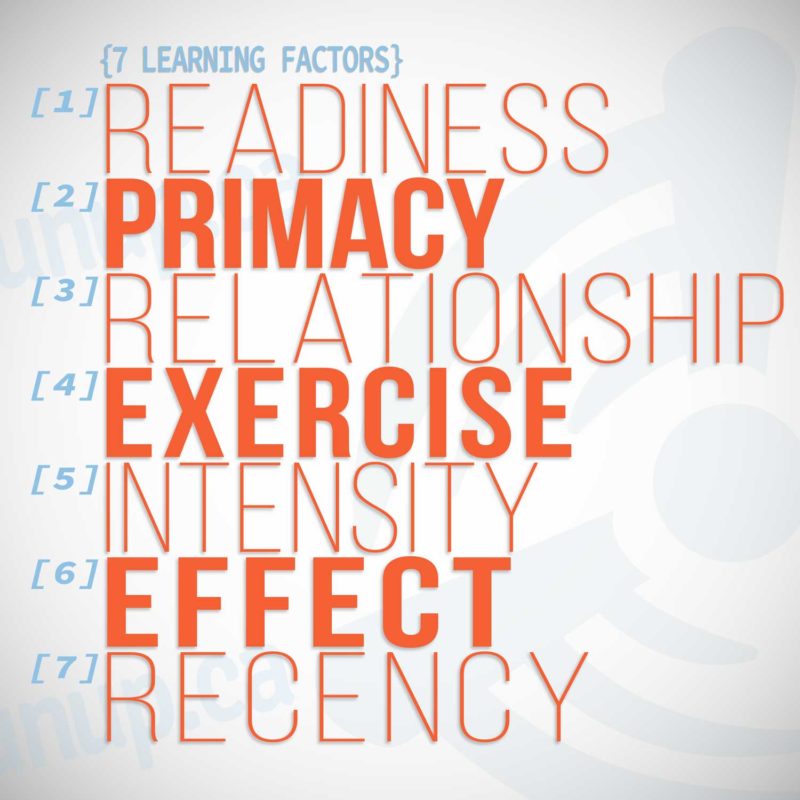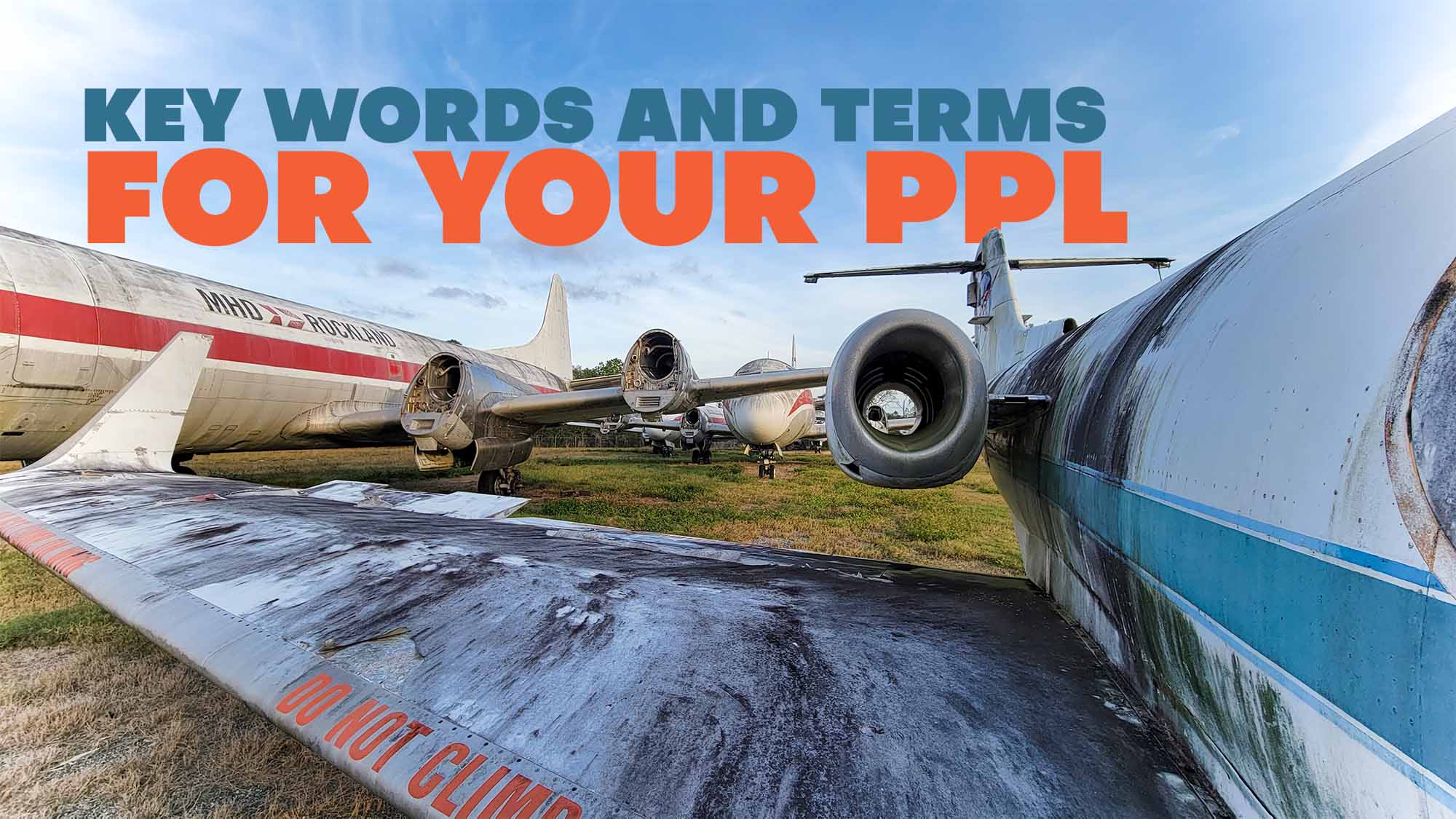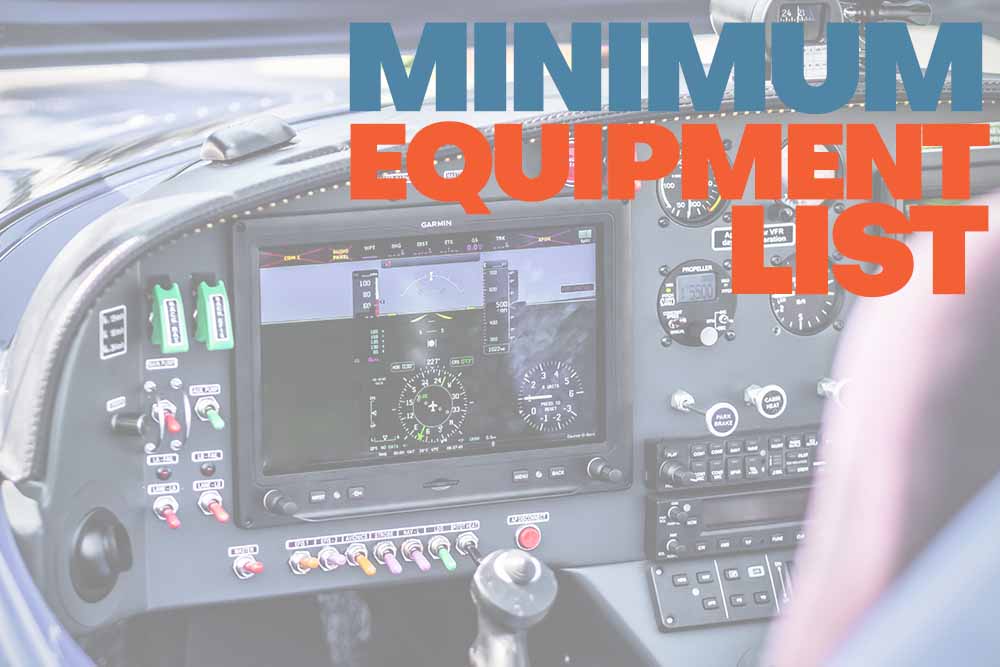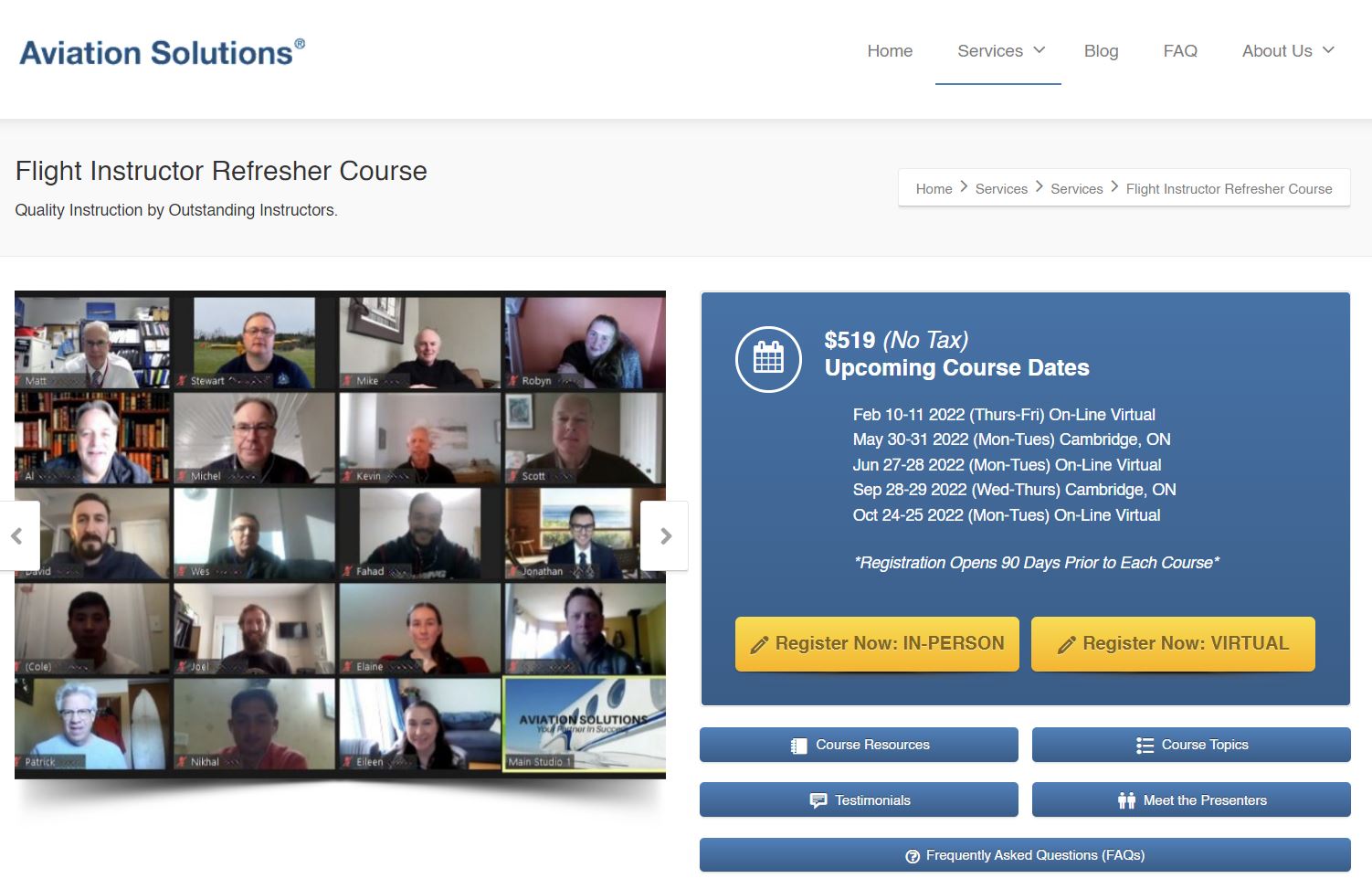7 Learning Factors to be Aware of When Teaching Student Pilots
When becoming a flight instructor in Canada it is required that you learn the 7 learning factors outlined in the Flight Instructor Guide. They are: readiness, primacy, relationship, exercise, intensity, effect, recency. What follows will be an attempt to help you better understand them.
[1]READINESS
Students need to be in the correct frame of mind to learn. If they are distracted by something in their personal lives, do not see the value in the lesson, or a link to the overall picture they are less likely to retain the information. When preparing lessons for student pilots instructors should be enthusiastic about the skill to be learned. Consider that this is one more step toward YOUR student becoming a licenced pilot. Take pride in the fact that you are teaching another person how to fly a plane. It is very unlikely that a person could successfully learn to fly an airplane without a teacher. You are that teacher.
In addition to being enthusiastic, make sure to let your student know why they are learning this skill and how it is going to help them become a skilled and knowledgeable pilot. It is also important to review previous lesson before you introduce a new skill to be learned.
[2]PRIMACY
The learning factor of primacy is concerned with teaching students the proper technique the first time. This also means that flight instructors need to give A+ demonstrations. If the instructor were to provide a less-than-perfect demonstration the student may think error that might have been made by the instructor are acceptable. When a student is learning a new skill MAKE SURE they practice it right the first time. Instructors should not let students make mistakes during the initial training of the skill. If they are practicing incorrectly, take control, give another demonstration or explain what is the error if necessary, and then allow them to attempt the exercise again. Make sure they understand the correct procedure the first time. This is what they will remember.
[3]RELATIONSHIP
The relationship learning factor in concerned with linking previous knowledge skills to new concepts and exercises. It is also important to build upon already learned concepts and skills when presenting new material to the student. For example, you could link an overshoot lesson to previously learned knowledge and skills of climbing.
[4]EXERCISE
With this learning factor we aim to engage students with meaningful activities, mental or physical, to keep the student interested. We can keep students thinking and also lead them through the exercise with Socratic questioning by asking WHY and HOW questions. In addition, asking hypothetical questions or having a student explain something to the instructor helps to engage the student and create a meaningful experience.
[5]INTENSITY
This learning factor is concern with the intensity of classroom and air exercises. Intense situation are remembered by the students. Allowing a student to have a hard landing or allowing them to stall during slow flight will create and intense experience that they will remember. This doesn’t mean you should intentionally put them in a spin and start yelling at them, “WHAT ARE YOU GONNA DO? WE ARE GONNA DIE! DO SOMETHING!” Creating intense situations should not be permitted in unsafe environments. Remember the learning factor of primacy and make sure they have learned the skill correctly before you allow them to inadvertently enter intense situations on their own.
[6]EFFECT
What sort of effect did the lesson have on the student? Did they have a positive or a negative experience? The student should always walk away with positive vibes…even if they were not able to perform the exercise entirely correctly. There must have been something they did correctly. Use the positives to build a good experience and they will open up to learning. Hammer them with negatives and they will feel defeated and that they are not good enough to succeed. Find the positives and wrap them around 1 or 2 skills upon the student needs to improve.
[7]RECENCY
This factor believes that the skills or knowledge last learned/taught will be remembered the longest. Make sure to reiterate the key points at the end of each PGI or air exercise to help the student remember. The average student will forget 30% of the lesson within 48 hours and over 50% of the lesson within a week. After about 30 days the student will have forgotten up to 70% of what they were taught or learned. Continue to review key points with your students as they progress from student to licensed pilot.




Leave A Comment
You must be logged in to post a comment.